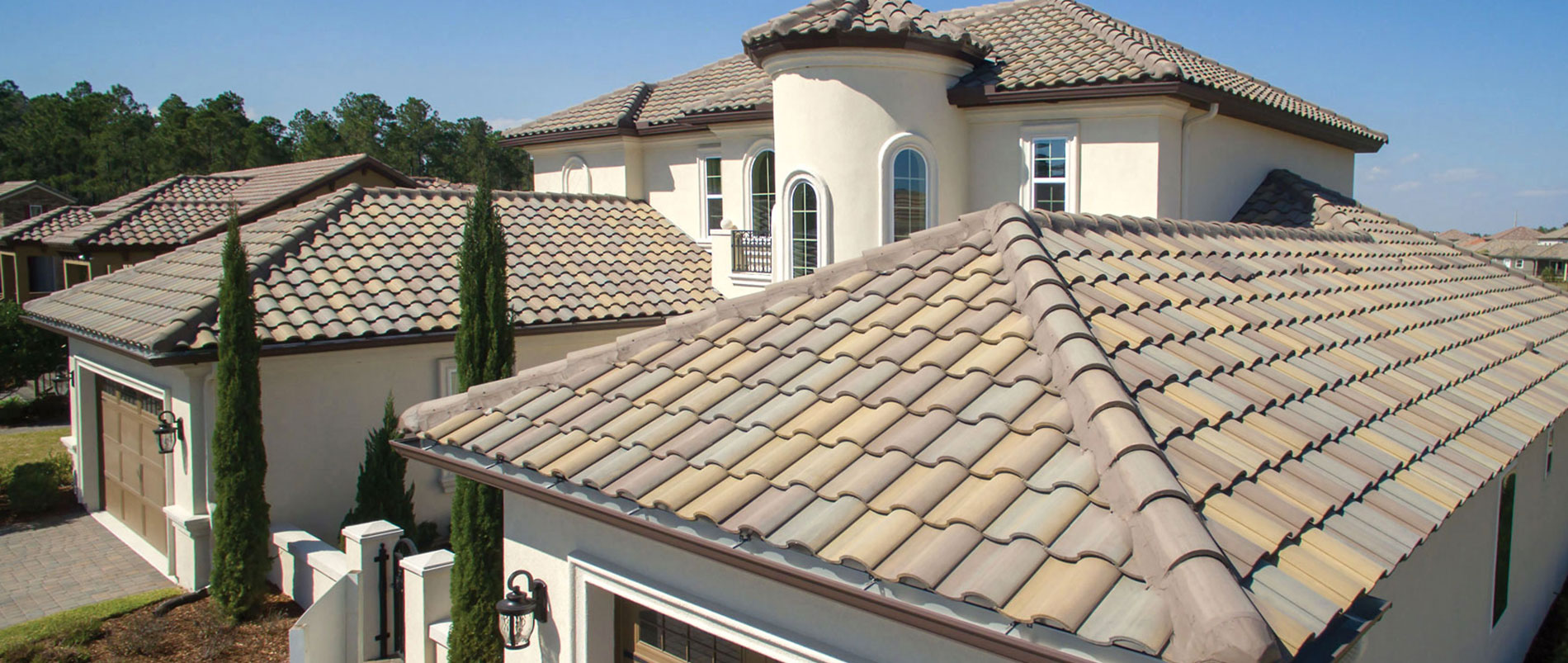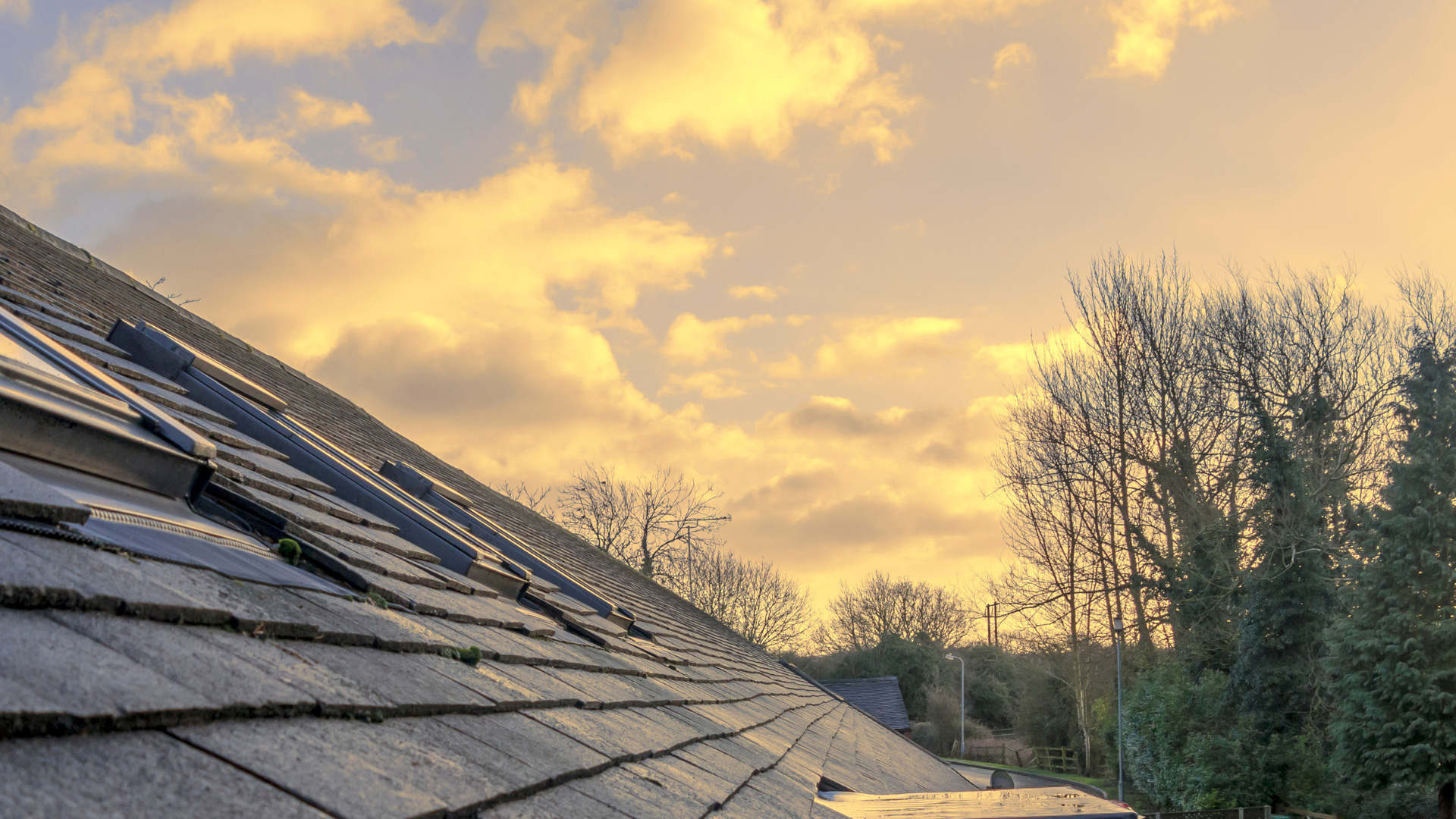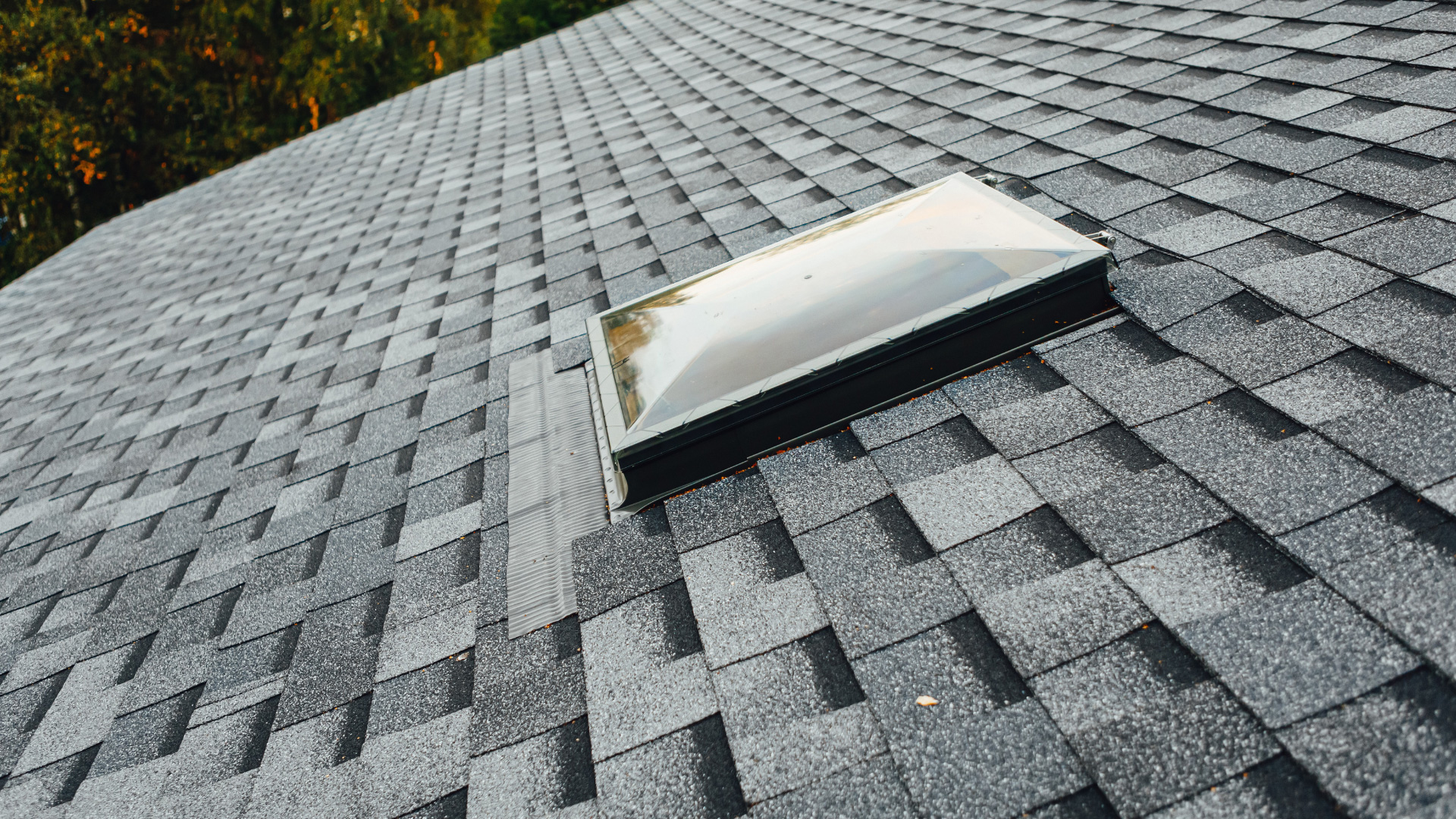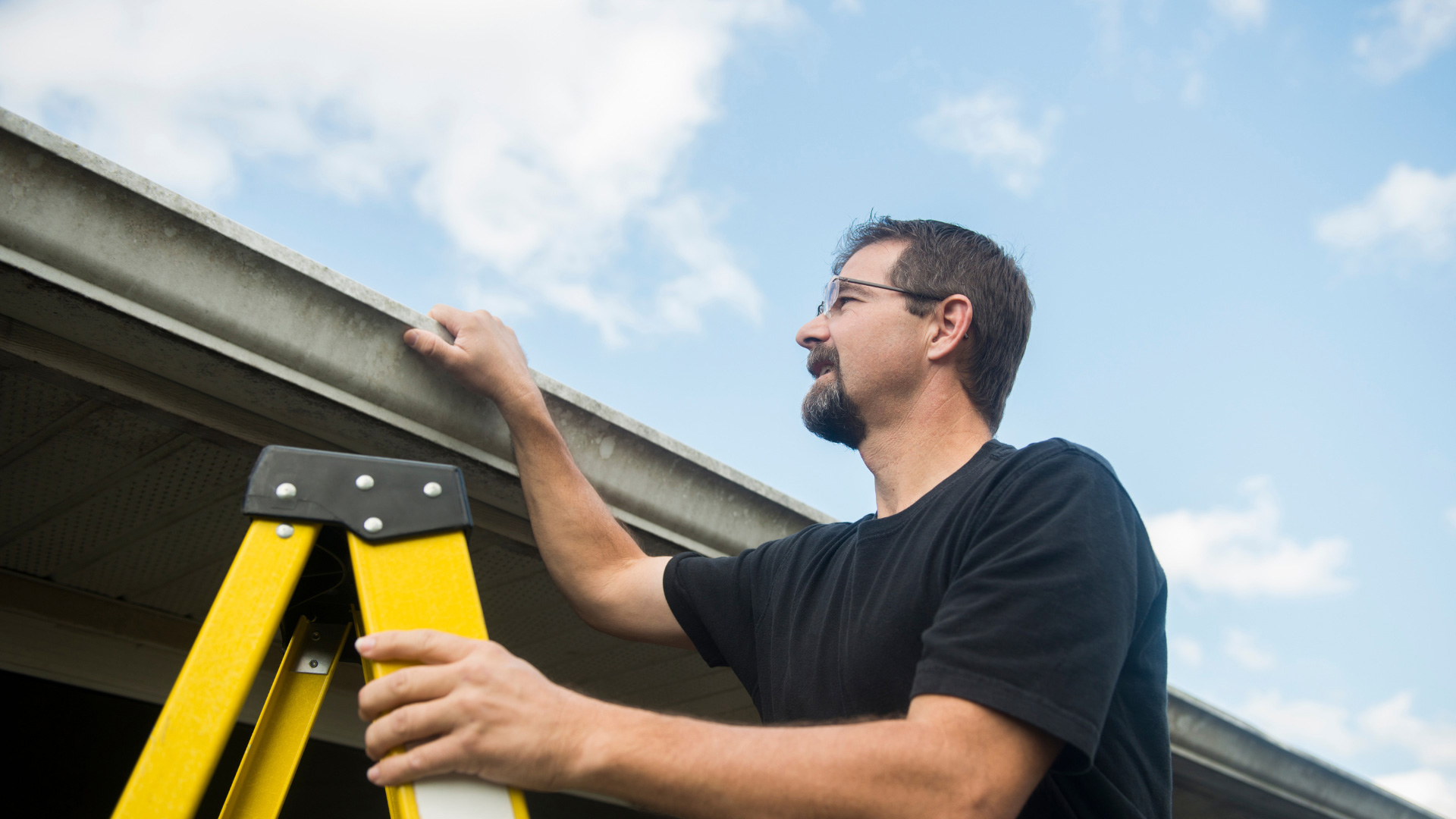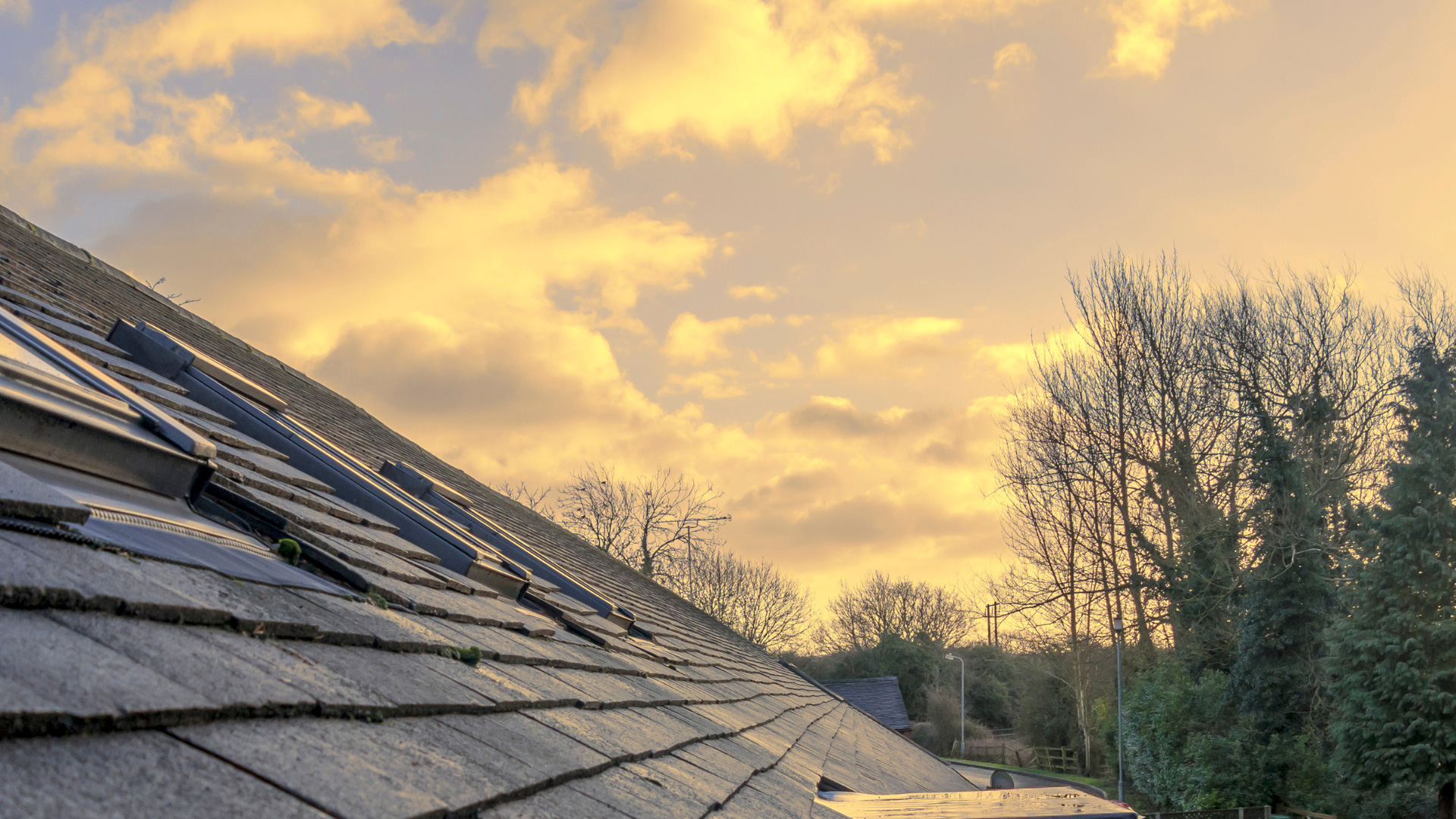Whether you’re an aspiring homeowner or you already own a house, you have probably wondered when your roof will require a replacement, mainly because a functional roof contributes to the home’s comfort, structural integrity, and value.
As the roof ages, you’re likely to encounter recurring problems due to wear. That said, regular inspection for leaks, cracks, or damaged sections can enhance the roof’s lifespan. And it’s essential to keep in mind that different roof types have varying lifespans.
Let’s explore how often you should replace your roof, depending on different factors that cause degradation.
Factors That Determine How Often You Should Replace Your Roof
Maintenance and Inspection
Regular roof maintenance can minimize damage by rectifying a leak or crack before it becomes a menace. What’s more, regular inspections identify other problems like a damaged shingle before it spreads to different sections.
Ultimately, regular check-ups and maintenance tackle problems early, avoiding premature roof replacement.
Weather
Understanding local weather patterns can help improve the roof’s lifespan. For instance, if your locality is prone to thermal cycling— scorching days and cold nights— the roofing encounters sudden expansion and contraction, which causes shingles to crack.
Material
The material determines how long a roof will last, with a strong material enhancing its lifespan.
Here’s when you should replace your roof, depending on the type of roofing material.
- Wood Shingles: Wood shingles can last 25-30 years. However, the accumulation of leaves or twigs traps moisture, encouraging moss growth that accelerates roof damage.
- Metal Roofs: A metal roof can last an average of 50-75 years. Roofs made of copper or Zinc can last 100 years, with those made of common metal like aluminum or steel lasting 50 years.
- Wood Shakes: The average lifespan of a roof made of wood shakes is 20-25 years. What’s more, wood shakes are thicker than shingles, making them resistant to harsh weather or UV rays.
- Clay or Cement Tiles: Typically, clay or cement tiles can last 50-100 years. Consumers adore clay or cement tiles for their resilient, durable, and aesthetically pleasing qualities. They also offer additional properties like insulation and weather resistance.
- Asphalt Shingles: The average lifespan of asphalt shingles is 15-30 years. Moreover, you have the luxury of choosing from different shapes, designs, and architectural designs.
- Composition Shingles: Composition shingles can last 12-20 years.
Signs That You Need to Replace Your Roof
- A Sagging Ceiling: Once a roof develops a hole or crack, the ceiling starts absorbing moisture. At first, it develops stains or mold before it ultimately sags.
- Decaying Shingles: When wood shingles start to rot, that’s an indicator of an aged roof. On the other hand, asphalt shingles become brittle and start decaying as the roofing nears the end of useful life.
- Visible cracks and holes in the roof.
Is Your Roof Due For Replacement?
If you are considering going solar, it is recommended that you have a preliminary roof inspection to ensure it can support the added weight of a rooftop solar system. If your roof is more than a few years old, you may want to consider roof replacement or repairs to extend its lifespan.
At Solar Optimum, we offer high-quality roof replacement, installation, and services. Contact us to get a quote.
